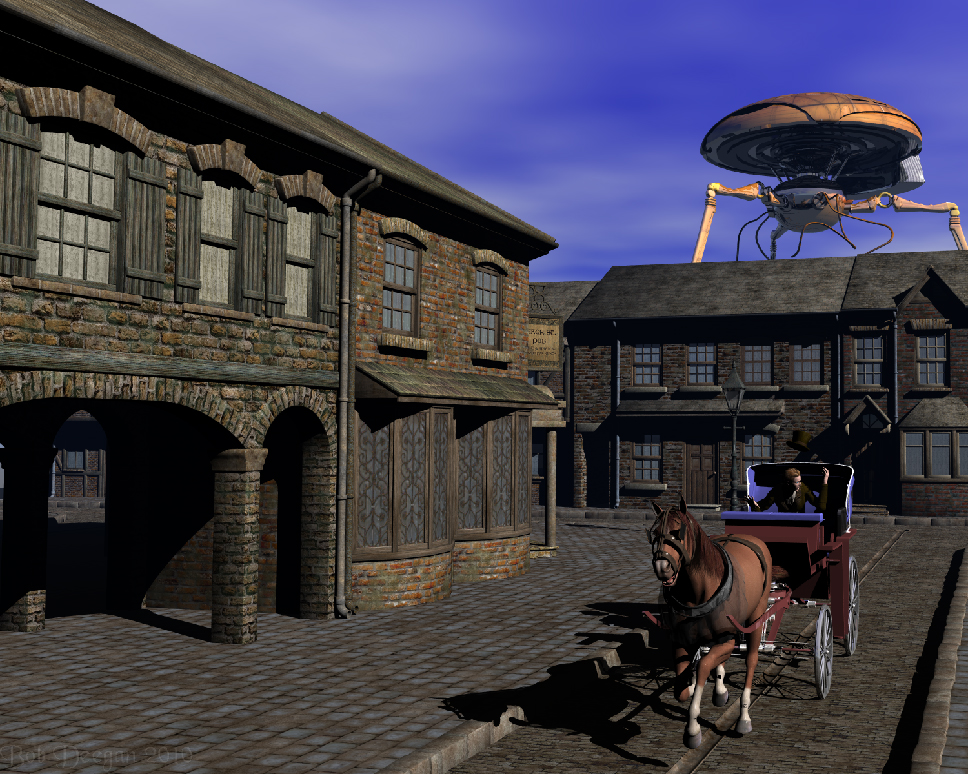
For the week including April 9, 2010

MARS ATTACKS
Last week’s column on the search for water and possible life on Mars inspired some reader inquiries as to whether the Earth might ever be subjected to the kind of assault portrayed in that movie, The War of the Worlds, with Tom Cruise. Well, I don’t think that anyone should lose sleep over the possibility of an alien armada descending on our planet. The War of the Worlds does have a footnote place in astronomy’s history though.
The story behind this story began in 1877 when the Italian astronomer Giovanni Schiaparelli detected what appeared to be canali (channels) marking the surface of Mars. Telescopes of that time were not able to provide a strong amount of detail, but his observations inspired scientists to focus on the red planet for decades. Among these was the American astronomer Percival Lowell who, in 1894, began a painstaking study of Mars at the time of its closest orbital proximity to the Earth. Over a period of ten months, Lowell spent countless hours at his telescope and compiled over 900 detailed illustrations of the planet. Lowell’s findings were published in his book, Mars, in November of 1895 and they astounded everyone. According to Lowell, the channels that Schiaparelli reported were only part of a vast and complex network of gigantic, superbly designed irrigation canals. He theorized that the Martians who built these canals (many of which were thousands of miles long) were highly intelligent and possessed of a technology far in advance of anything on Earth. Using our planet’s gravity and development as a model, Lowell estimated that the Martians might attain a great physical size and that their civilization was highly disciplined and extremely ancient. Sadly, Lowell had determined that the Martians were doomed – their extensive canals could not compensate for the fact that their scarce water supplies were all but gone. Of course, it might have been a clue that other astronomers were unable to confirm the existence of any of his canal works, but Lowell attributed his own success to a state-of-the-art, powerful telescope and the exceptional viewing afforded by the clear dark skies above his Arizona observatory.
Fascination with Lowell’s Martians was widespread and, in 1898, Herbert George Wells’ book, The War of the Worlds, presented a terrifying solution to their problem. In this work (much inspired by Percival Lowell’s treatise) an invading horde of colossal war machines land in the English countryside. Advancing with overwhelming force on Victorian London, they are part of a vanguard of Martians intent on conquering our watery planet. With their far superior armor and weaponry they easily subdue Earth’s conventional defenses and the future really doesn’t look too good for us humans. I won’t give away the ending, other than to say that it’s the little things in life that trip up the Martian’s plans.
Unless otherwise indicated, all content of this web site is the copyright of Robert Deegan and all rights are reserved.
For more information, or to comment, please contact: Bob@NightSkies.org